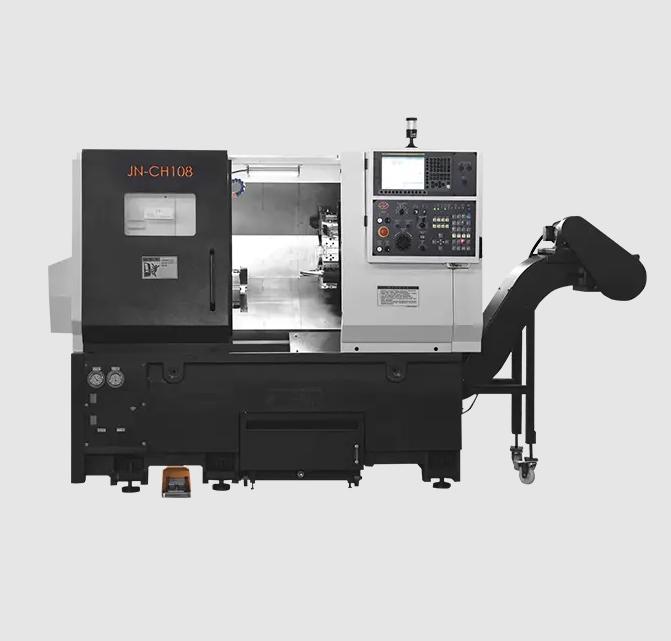Automation is reshaping how metal components are manufactured. By integrating Automatic Lathe Machines and Vertical Milling Centers into a facility, manufacturers can significantly improve workflow, reduce lead times, and maintain consistent output quality.
In turning operations, automatic lathes reduce the need for manual supervision. They perform repetitive operations with consistent precision, ideal for parts like shafts, pins, and threaded connectors. With programmable cycles and multi-tool setups, these machines help minimize setup time and human error.
Meanwhile, vertical milling centers offer a complementary solution for flat or contoured features. Automated tool changers and digital controllers enable continuous operation for parts that require multiple operations like drilling, pocketing, and profiling.
When used together, these machines support a continuous production cycle from raw stock to finished part. For example, a shaft can be first shaped on an automatic lathe and then transferred to a milling center for slotting or hole placement. This sequence supports both geometry and function without interruption.
Additionally, automation enables better use of operator time. Staff can focus on quality control, programming, and maintenance rather than repetitive tasks. It also opens the door for lights-out manufacturing, where machines run unattended during off-hours.
Data integration is another benefit. Many machines now support real-time monitoring, allowing operators to track tool wear, cycle time, and process deviations. This helps ensure that output remains within specifications and that any anomalies are addressed promptly.
In conclusion, the combination of automatic lathe machines and vertical milling centers creates an efficient, repeatable, and scalable machining process. It supports modern manufacturing goals by improving consistency, reducing downtime, and making better use of available resources.
